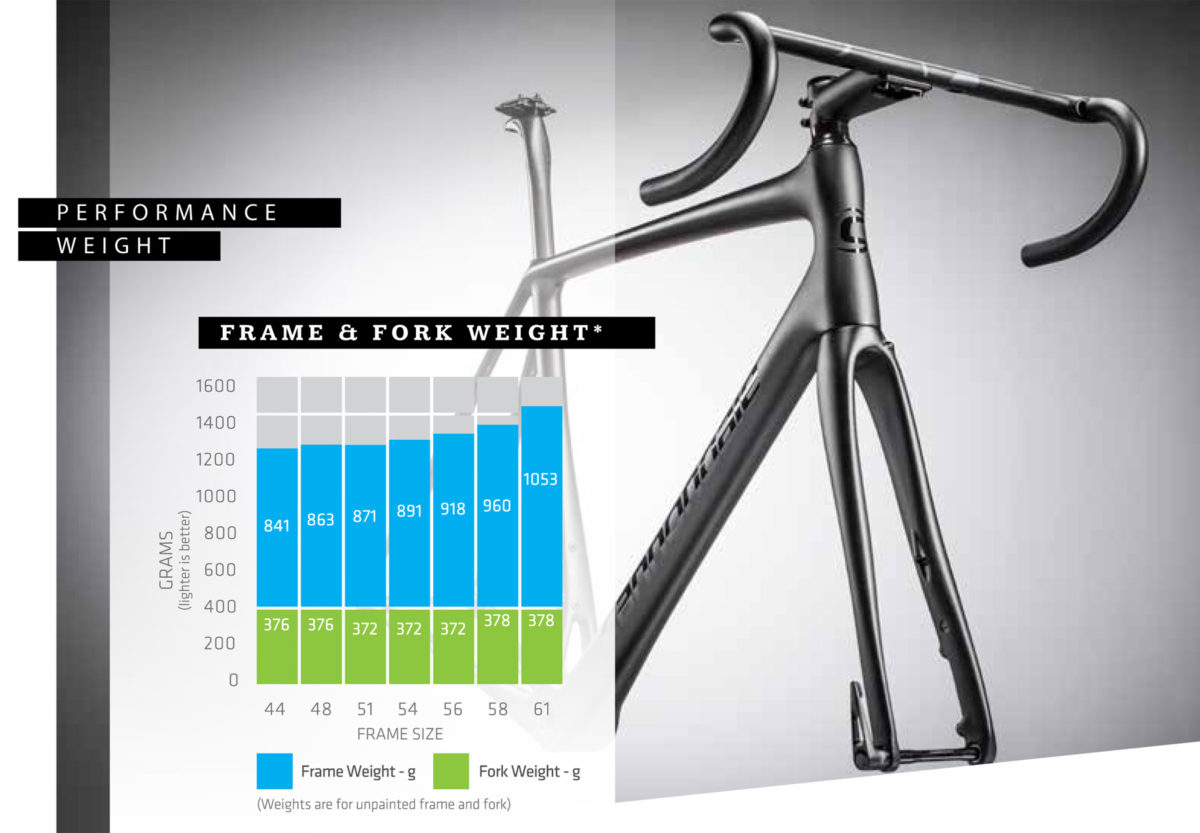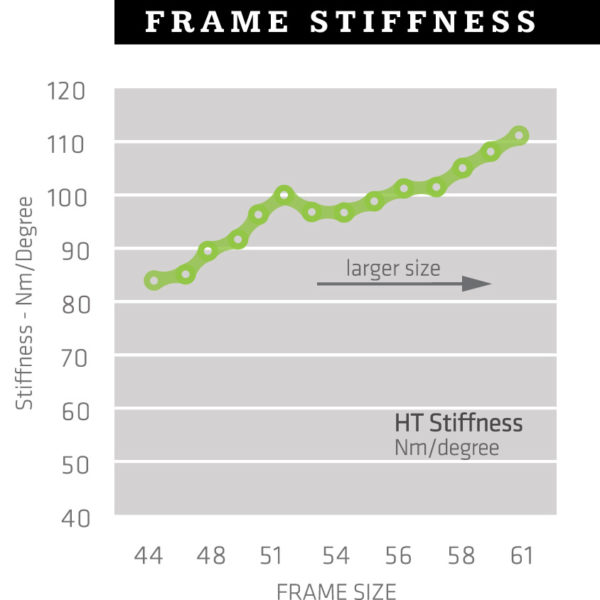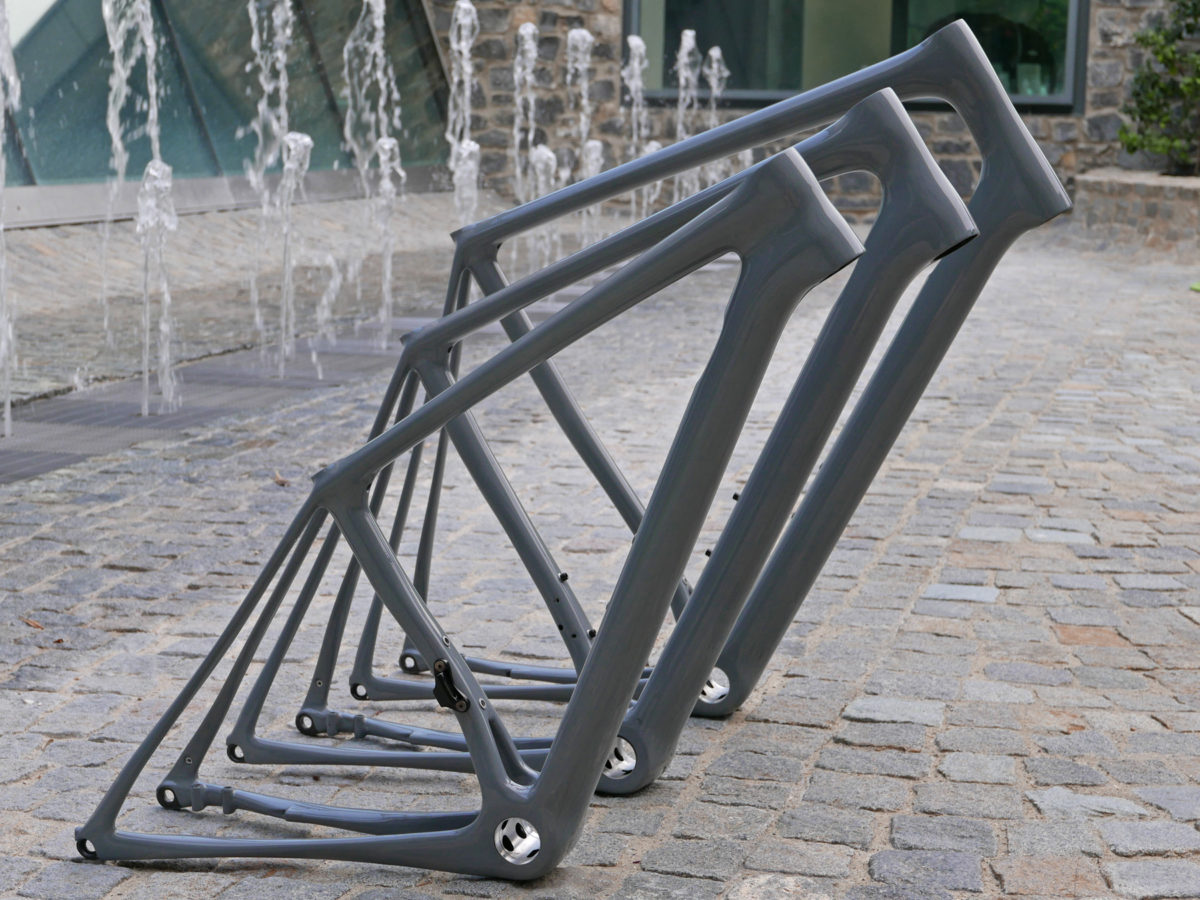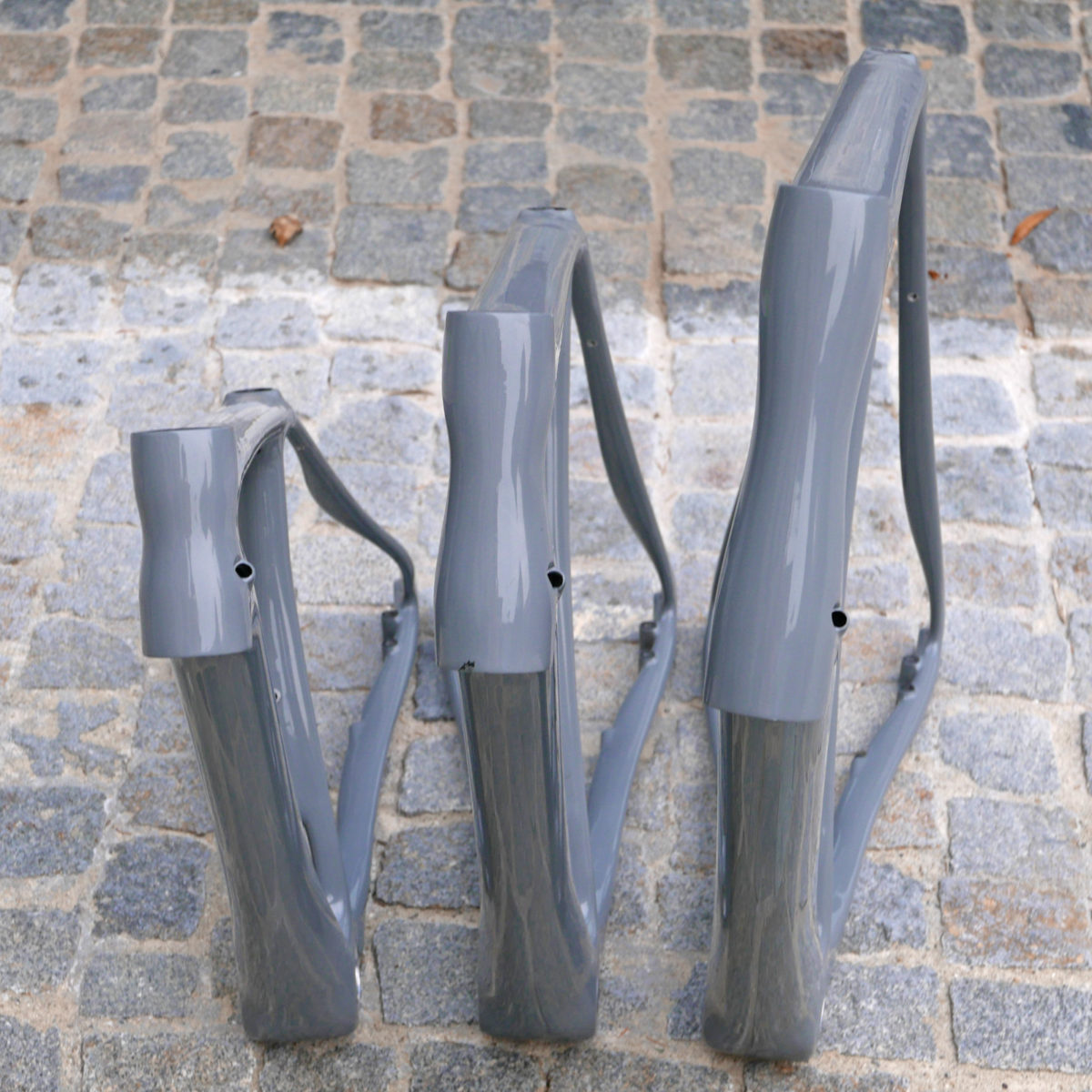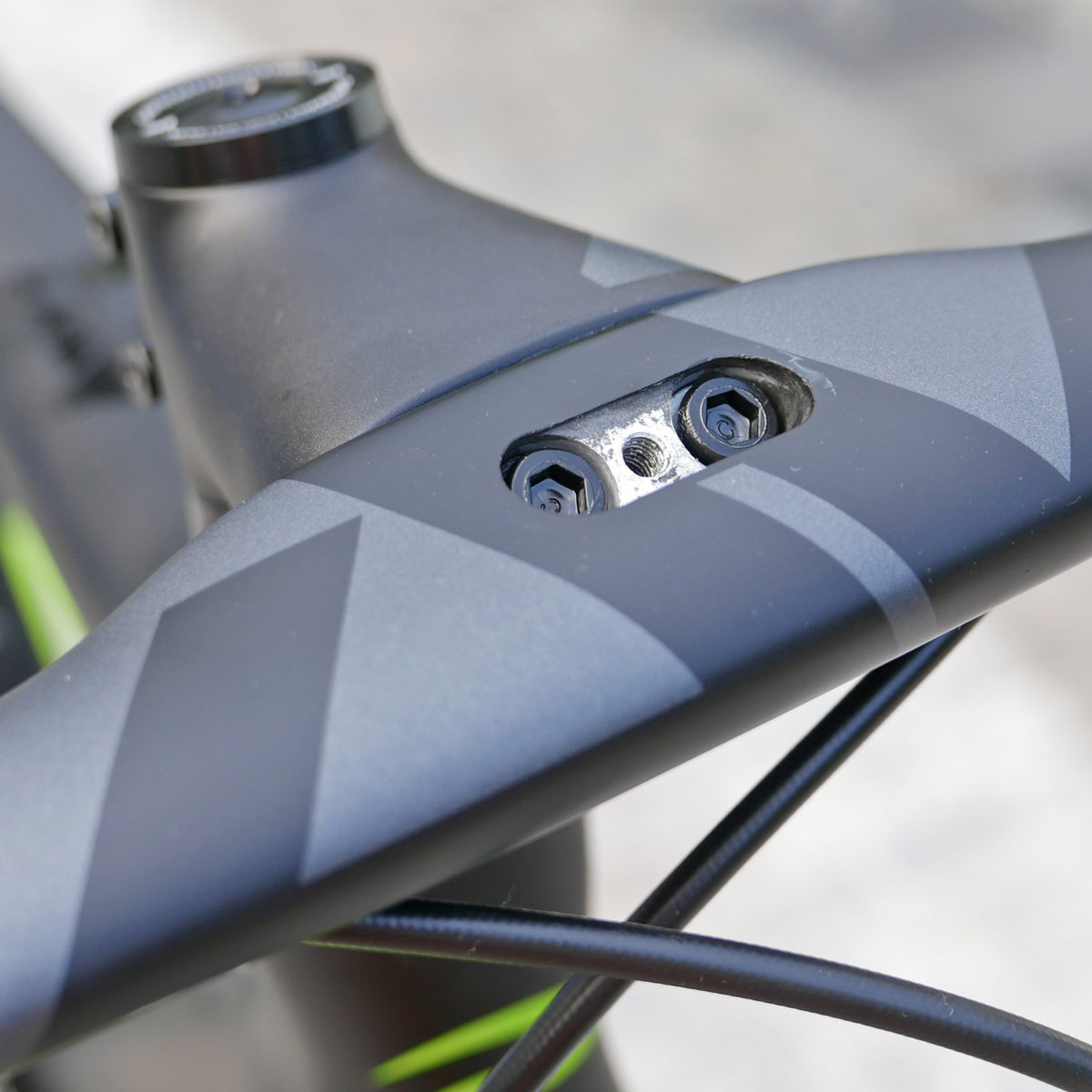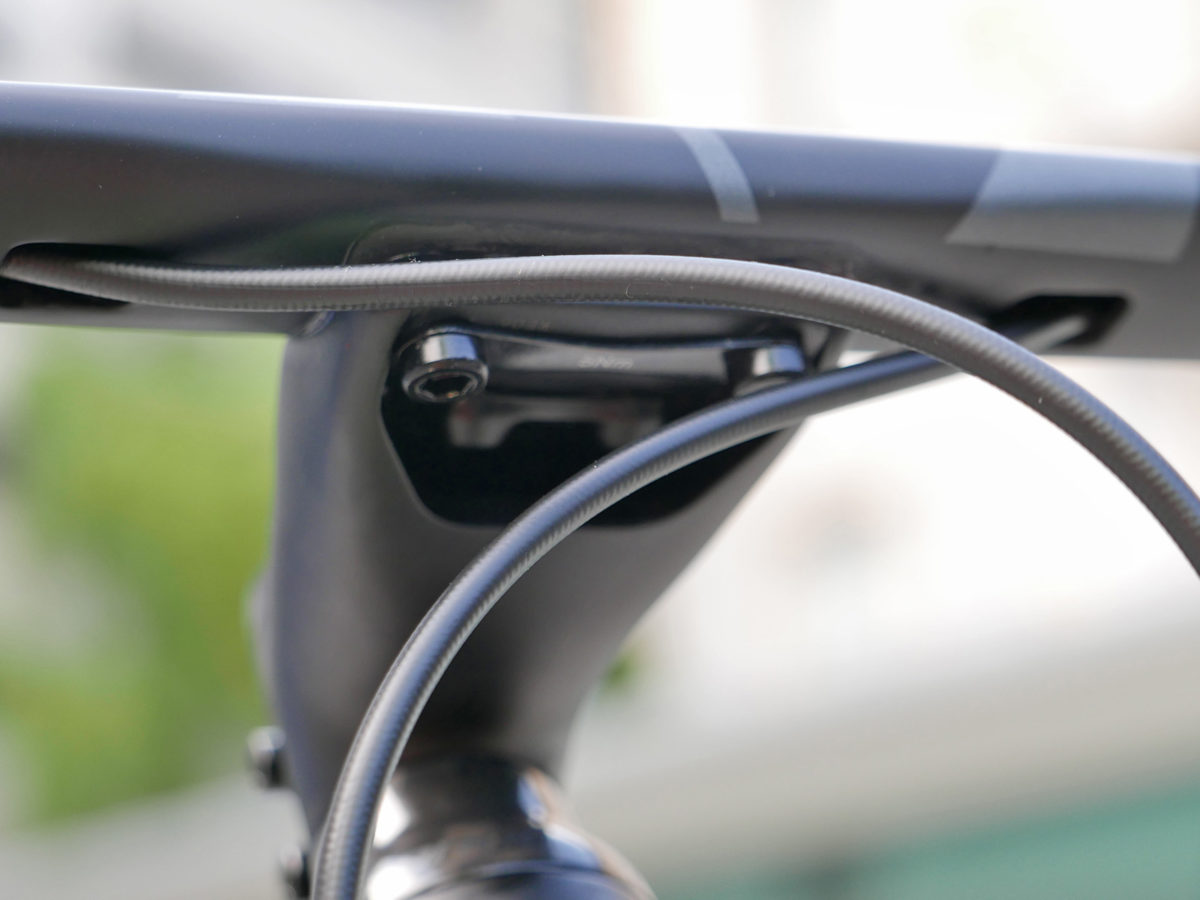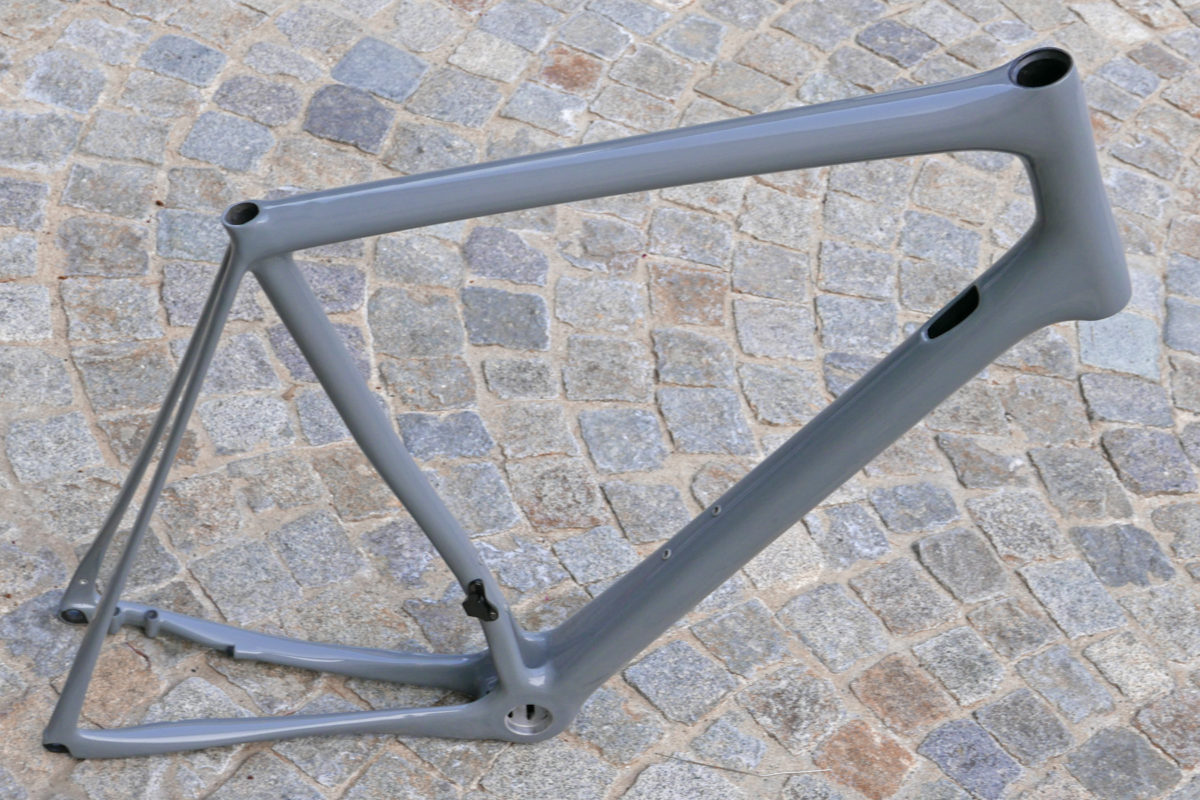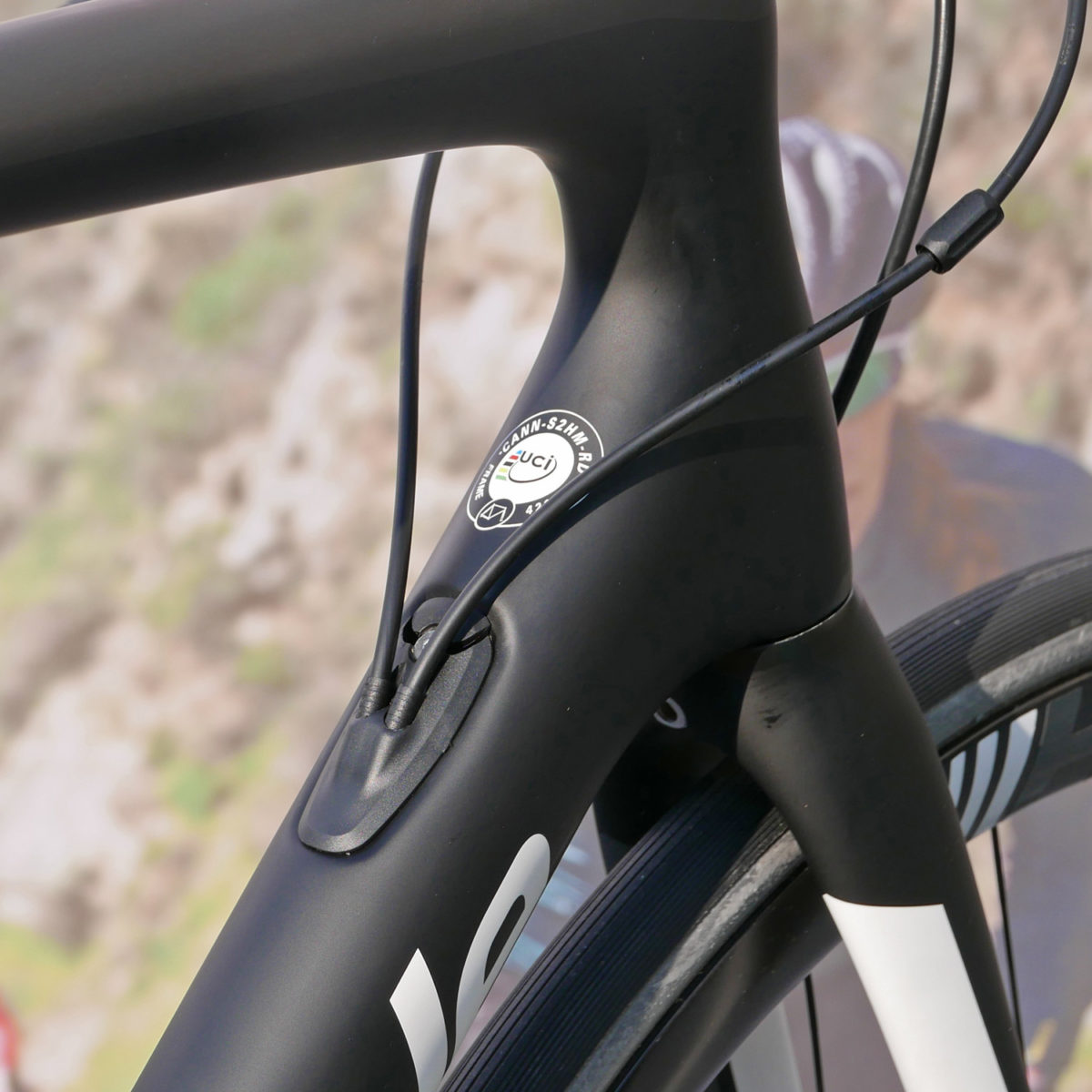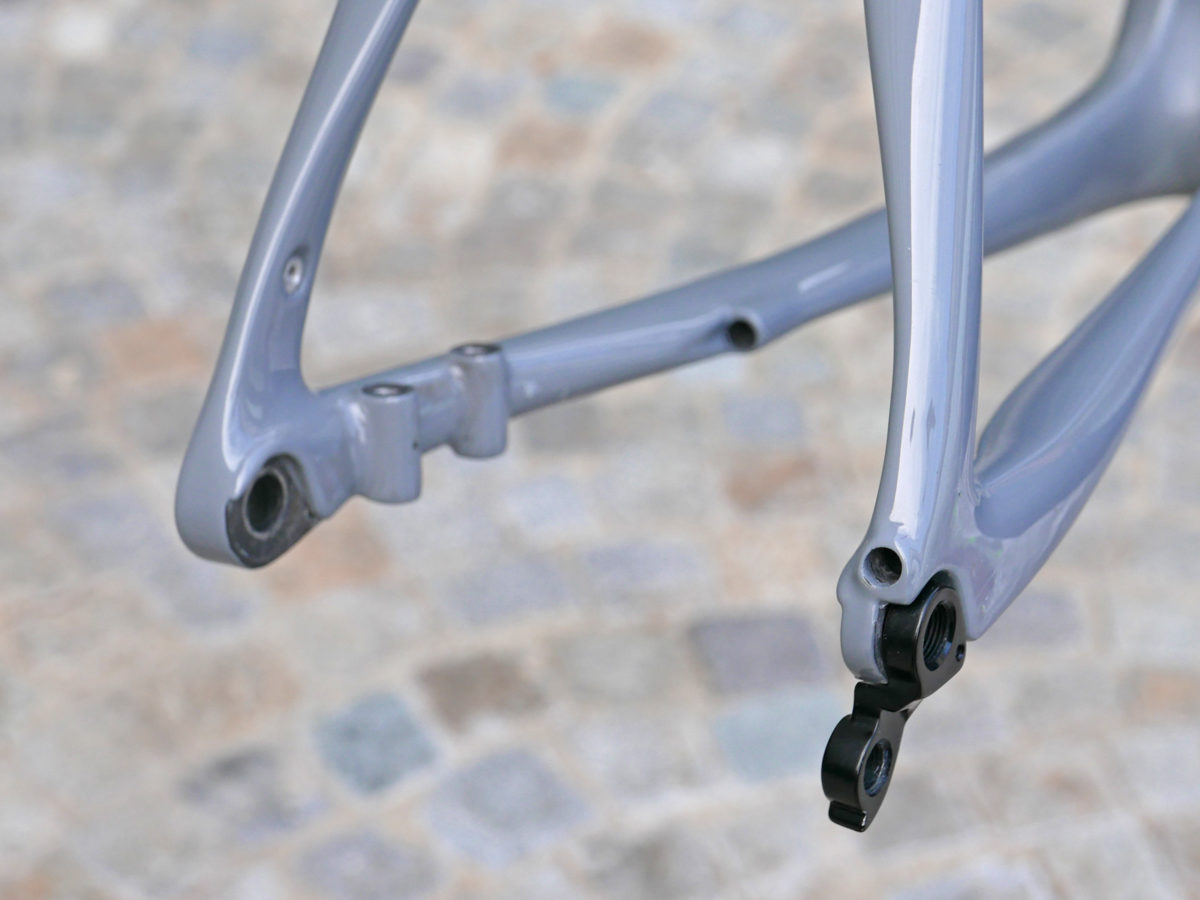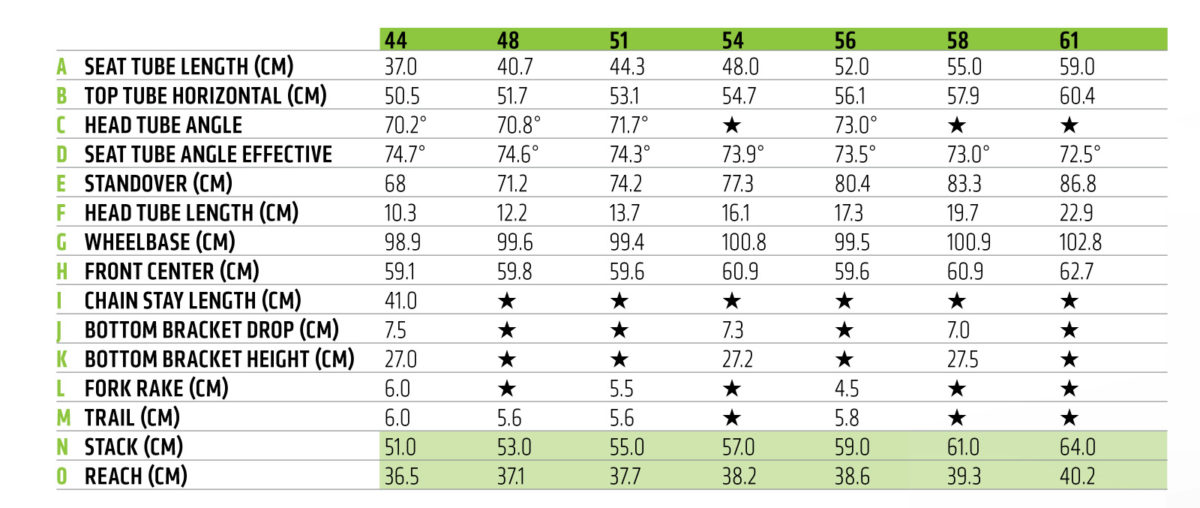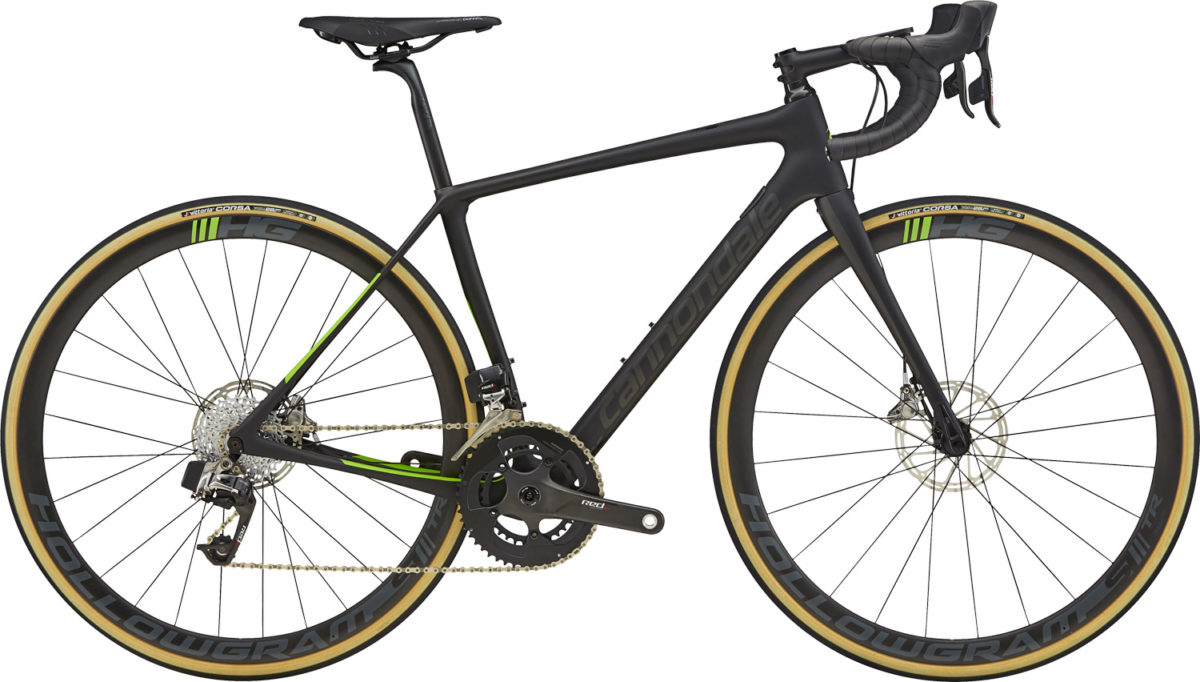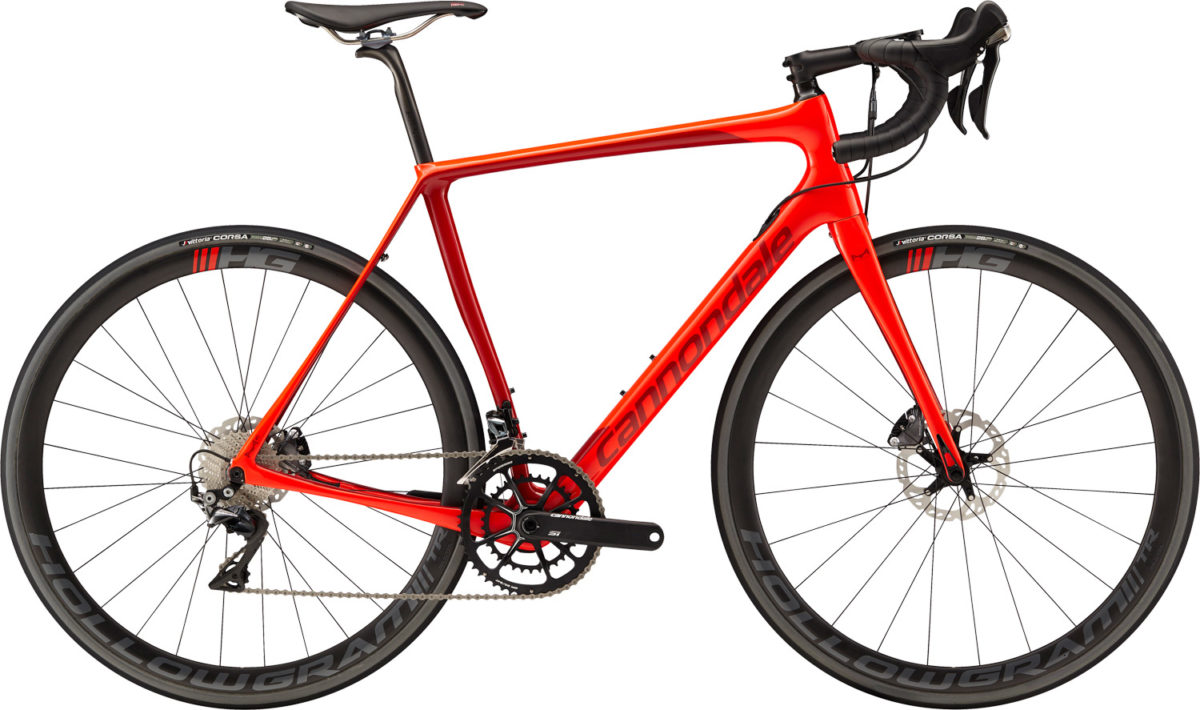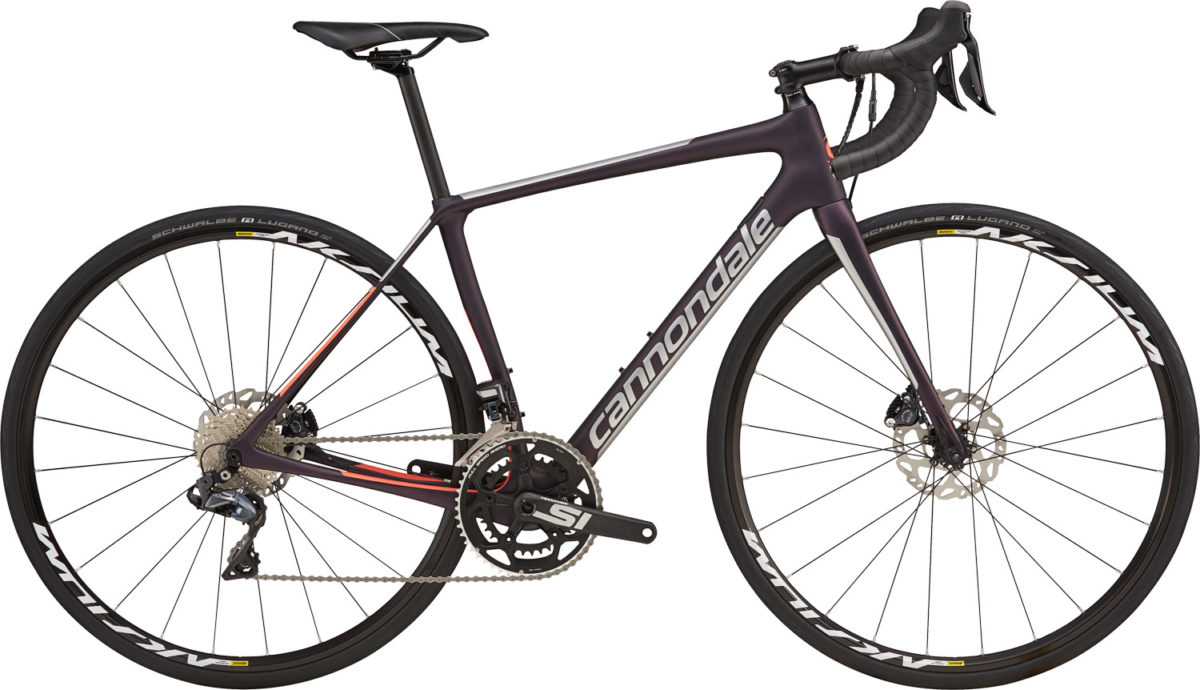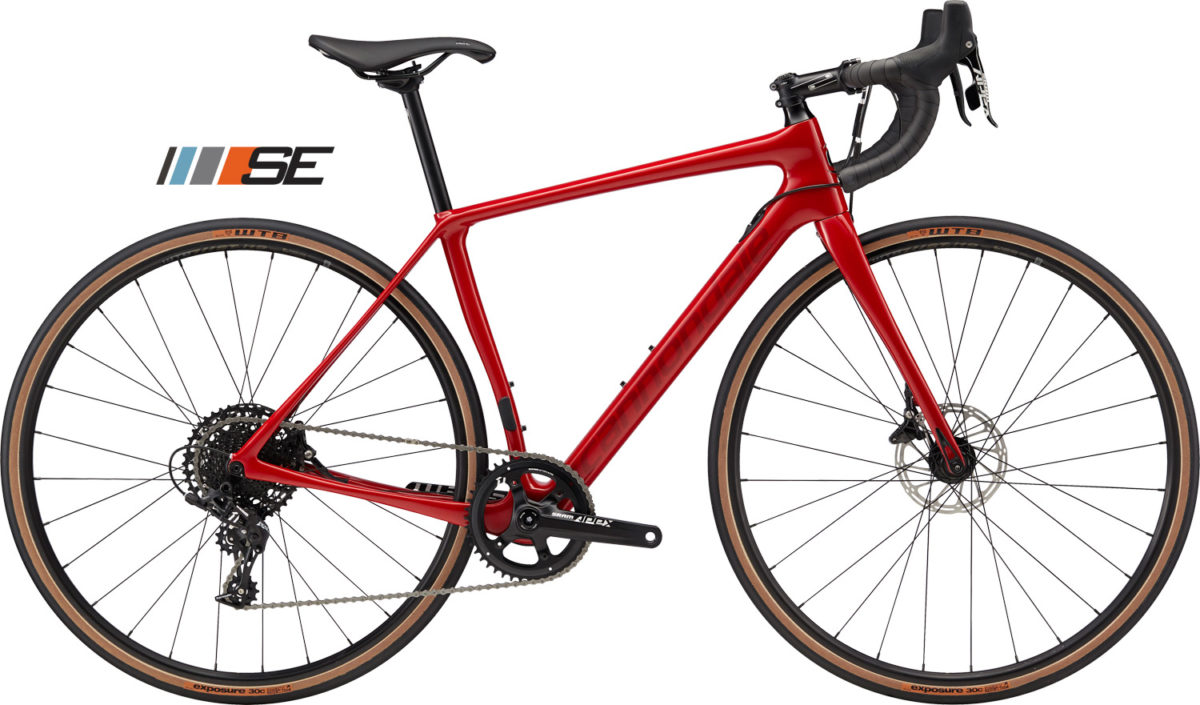The Cannondale Synapse is one of those endurance road bikes that you’d be excused for mistaking for a proper race bike. Developed to satisfy the needs of the pros racing the rough roads of the northern Spring Classics in Europe, this is a bike that wants to make every ride comfortable and long. The all-new Synapse updates and extends both Cannondale’s SAVE micro-suspension and their System Integration concept to create a bike that is more comfortable for the long day on the bike, without losing the race-ready feel. And at the same time, the bike shaves off weight to make it one of the lightest endurance bikes available. Wide tires, disc brakes only, integrated but adjustable bar+stem combos, the tech updates don’t stop there, with the new Synapse even getting innovative size-specific designs.
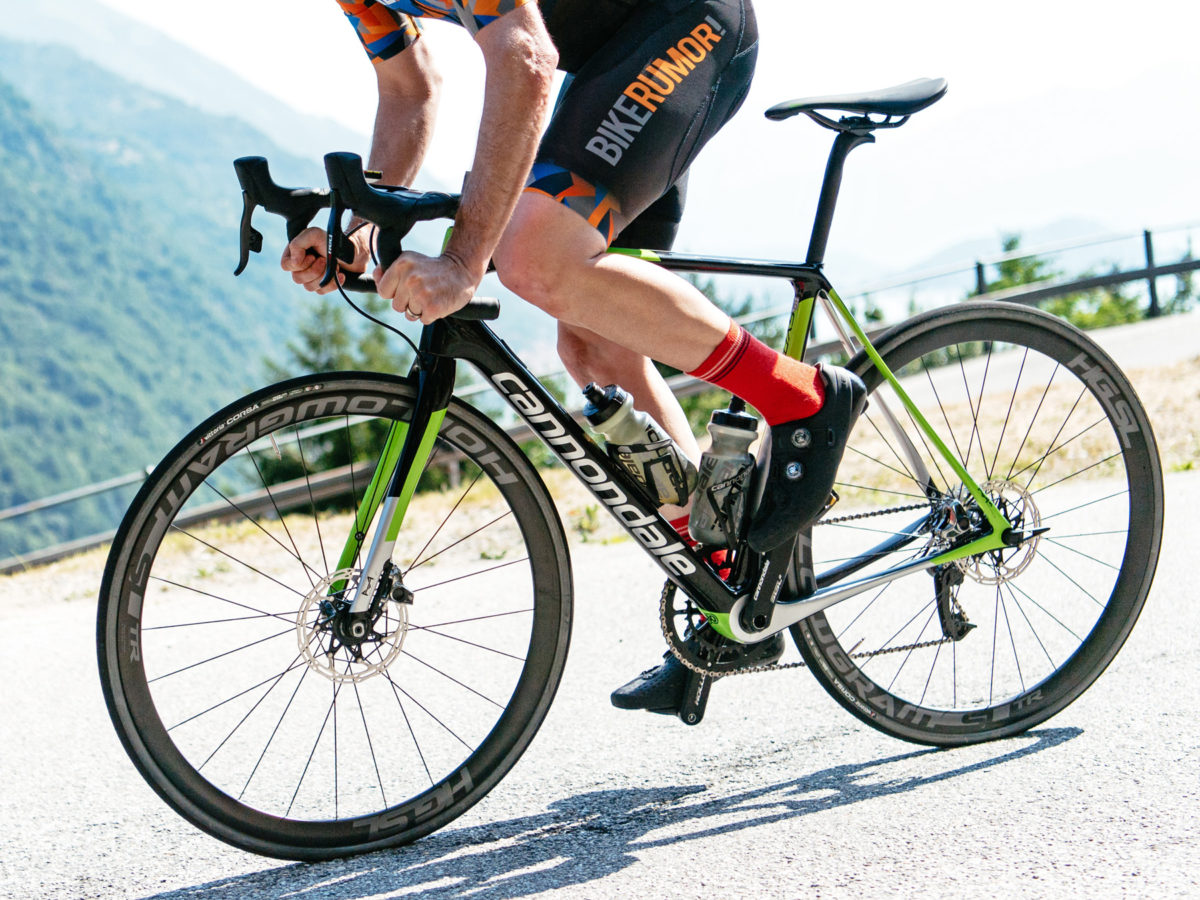
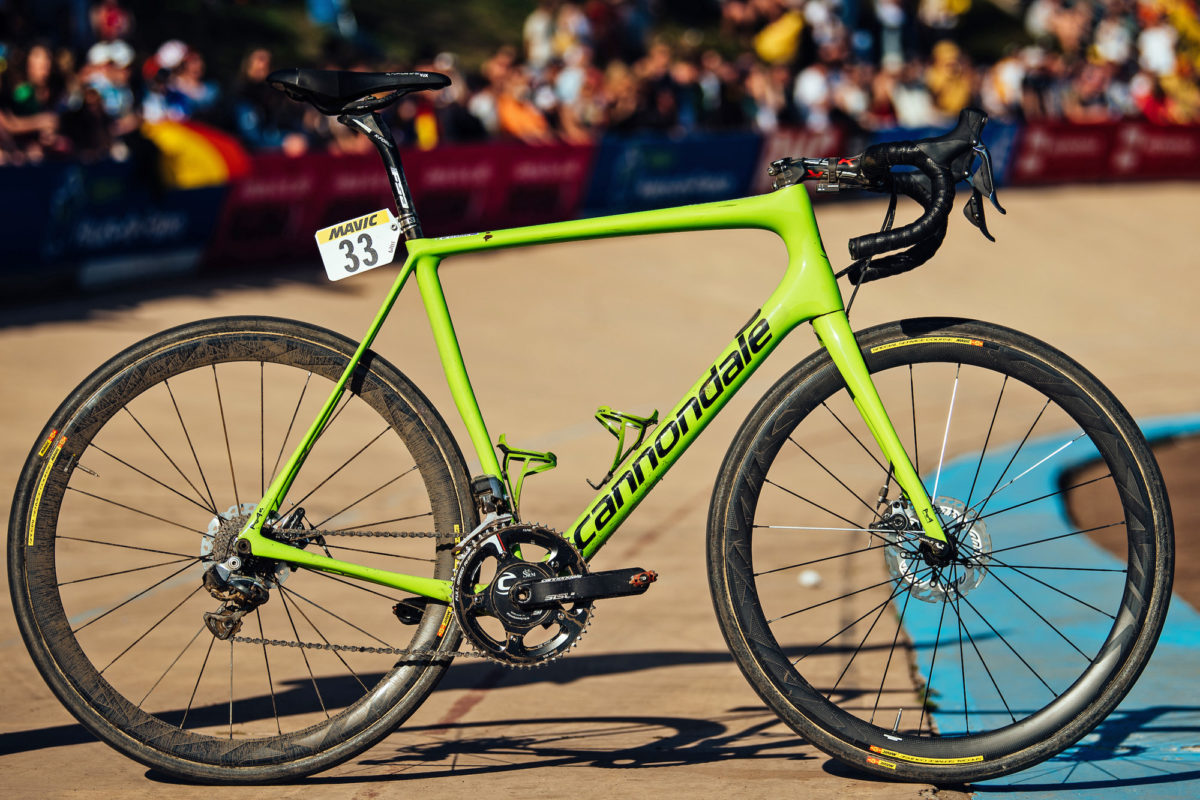
The core of the Cannondale endurance road line is the Synapse Active Vibration Elimination tech (SAVE) that they call micro-suspension. While some companies are putting active suspension into their top level endurance road bikes, SAVE has been all about engineering flex into the carbon Synapse frame designs since they were first introduced back in 2006. Of course Cannondale is no stranger to putting suspension on a road bike, but they still are building the Synapse to win road races no matter the road surface, and are keeping the Lefties to the Slate for those looking to head further off the tarmac for more adventure & exploration.
The Cannondale Synapse has built a solid following over the last decade from racing Paris-Roubaix to be ridden on innumerable amateur Gran Fondos. Its goal has always been to blend race-ready performance & geometry with the comfort we all want for those long endurance rides. That’s pretty much the definition of the entire endurance road category, but is usually a compromise of one for the other. For 2018 Cannondale looks like they are narrowing that gap even more as they fine tune the details in the new SAVE frame, fork & completely new bar for the new Synapse that they call “lighter, stiffer, smoother, more integrated and more capable than ever before”.
Hitting the lighter point, the new Synapse Hi-Mod was designed to get under a target frame weight of 950g. And depending on which actual paint job you pick, Cannondale managed to do that up to their medium sized bikes. (An unpainted 56cm claims 918g, and 950g with paint and including seatpost clamp, front derailleur mount, derailleur hanger, cable routing at bottom bracket, and bottle cage mounting bolts.) That’s a Hi-Mod savings of 220g over the current model Synapse, with another 111g savings on the fork down to 372g. Added together Cannondale likes to think that makes the move to disc brakes and even easier decision, as you essentially get them on this bike with no weight penalty over last years rim-brake Synapse.
Cannondale also has the more affordable Carbon-level frame that brings the price down quite a bit, with a slightly simplified layup. But even the Synapse Carbon frame drops weight to just 1100g for the 56cm frame.
Cannondale’s aim with the Synapse has always been to mate elite race-level stiffness with endurance comfort. They say the endurance title gives them a bot of room to work on weight, so they were still able to achieve both comfort, plus drivetrain efficiency & stiffness at a weight level that beats most endurance race bikes out there. A big change was a 9.4% increase of headtube stiffness over the previous Synapse that was targeted with a more asymmetric design for better sprint power transfer and disc brake loads.
But Cannondale didn’t feel like they needed to build in much more stiffness than the Synapse already had, but instead worked hard to get the same stiffness character across the full size range. While a few companies talk size-optimized design, the new Synapse takes it to a new level. Not only does every size frame get a rider-appropriate layup and tube sizing, they also use 3 different fork steerer and headtube diameters with 3 different offsets, so every rider gets the same feel AND handling.
Bigger sizes get proportionally stiffer forks, larger crowns/headtubes, and larger & stiffer downtubes, so everyone gets perfectly tuned stiffness. Different fork rake also ensures consistent steering feel and avoids toe overlap on small sizes. It’s pretty bold, but the thought process and data backs it up. Large bikes (56, 58 & 61) get tapered 1 3/8” forks with 45mm offset; medium frames (51 &54) get 1 1/4” tapers with 55mm offset, and small frames (44 &48) stick with straight 1 1/8″ steerers and 60mm offset.
The result is the proper amount of lateral stiffness actually improving handling. Bigger bikes & bigger riders get higher lateral stiffness, and smaller riders get proportional performance without becoming overly, uncomfortably stiff.
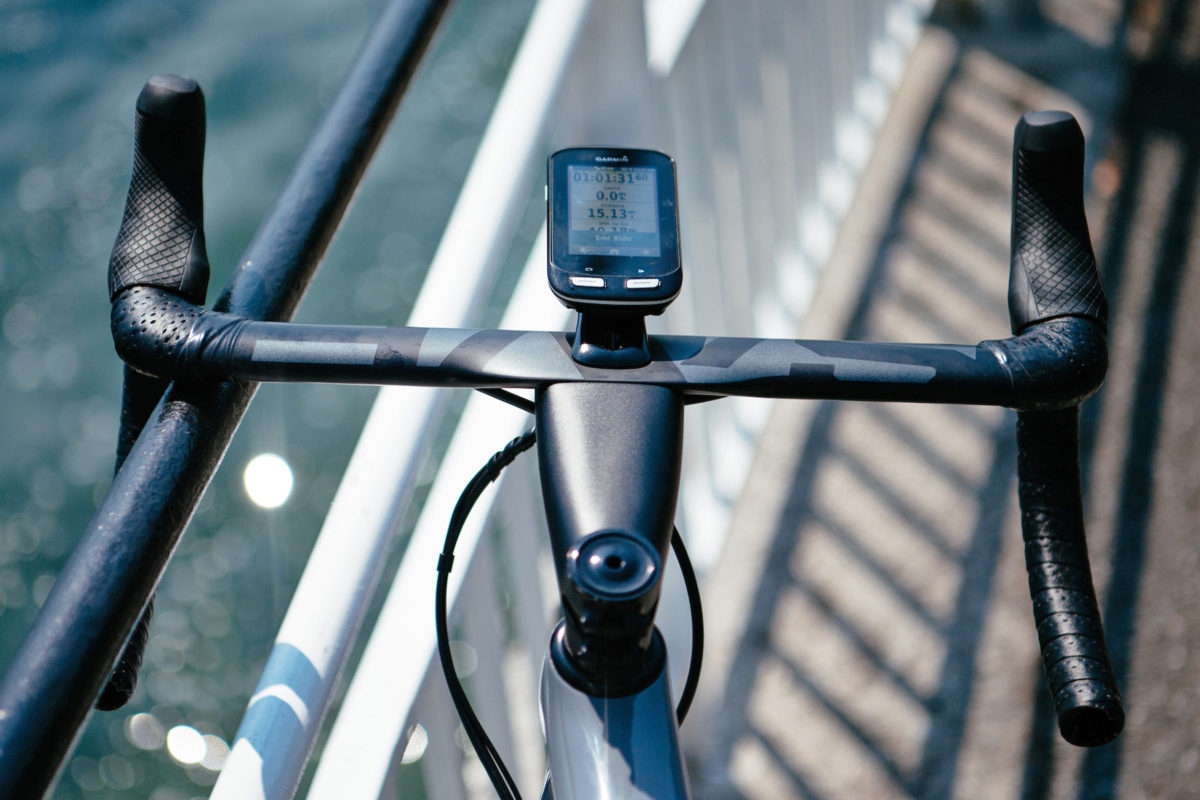
Smoother comes down to the SAVE tech which carries over in the flex engineered carbon chainstays, seatstays, and fork legs of the new Synapse. But now the all new SAVE Systembar and small diameter SAVE seatpost get in on the game too. Of course the endurance category needs wide tires these days. And with disc brakes only, the new Synapse builds in space for up to 32mm real width tires while still having clearance around them.
The new integrated bar & stem solution of the SAVE Systembar is all about getting the look and feel of and integrated setup without the fit compromises. The System bar is still two parts, but gets a flat aero look that also builds in SAVE vibration damping. Cannondale claims a built-in 4-6mm of deflection in the bar design out on the road to damp vibration (up to 15mm in the test lab).
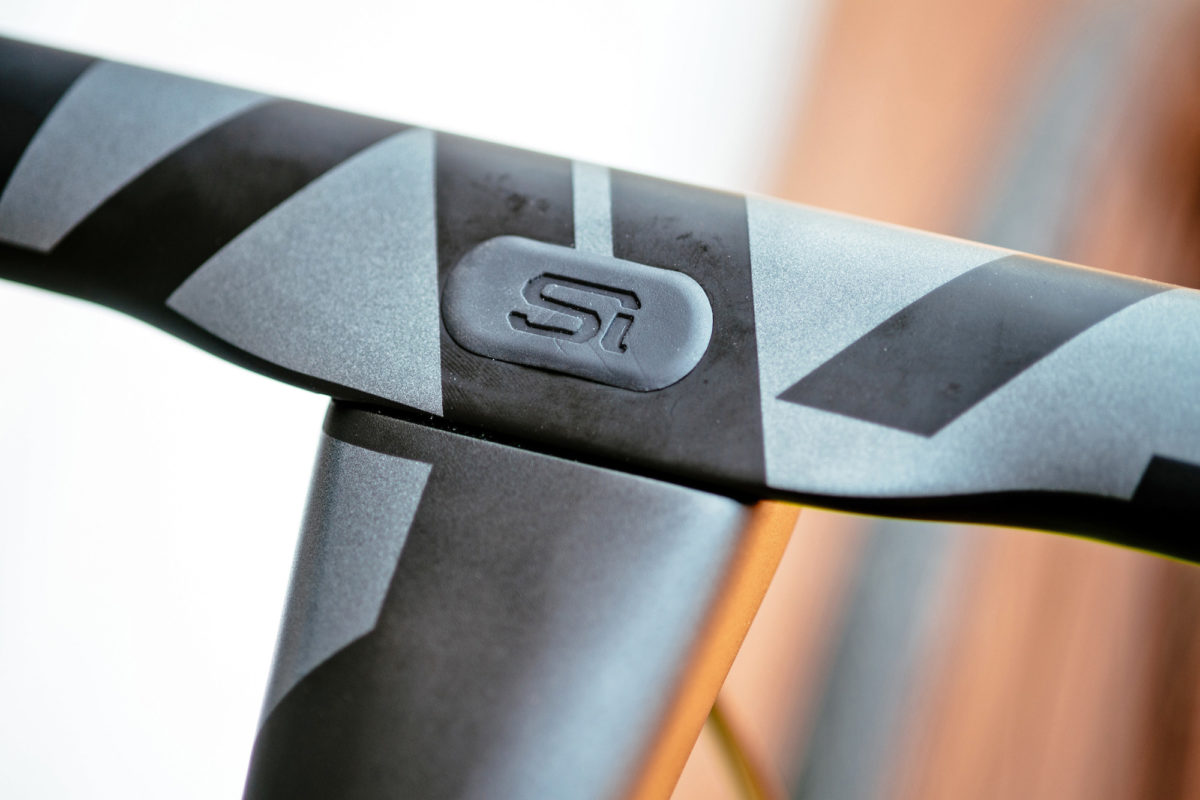
The actual two-piece setup means you can interchange stem length and still get 8° of bar angle adjustment. The stem portion comes in +6° versions from 70-110mm and -6° from 80-130mm lengths. The elliptical top bar itself comes in 36-44mm widths in 2cm increment. The tops are pretty small diameter, designed to have a circumference similar to 31.8 round bar for comparable fit to a round bar, which can be wrapped or left exposed. It also comes with an integrated GPS mount for Garmin computers & and an included Fabric headlight that attached below. The GPS mount uses the Garmin 1/4 turn, but is actually works with a replaceable interface so other versions should be easy to get ahold of as well.
The new Synapse goes with a ‘so small it’s almost retro’ 25.4mm SAVE seatpost, designed to flex a bit to match the frame, fork & handlebar in comfort. That post gets clamped with a new internal wedge-style seatpost clamp, tightened from below, but at a 45° angle with a hex key making it fairly easy to get to with just about any regular torque wrench or even most multi-tools.
The bike also gets modern, modular cable routing with a port in the upper part of the downtube that gets a variety of inserts to run mechanical cables or to position the new internal Di2 junction box. Inside, those cables get guide and cross inside the frame to minimize the dreaded noise of slapping around inside.
The Synapse in both Hi-Mod & Carbon level frames is disc only and uses flat mounts. While each of the complete bikes is spec’d with 160mm rotors, flat mount means anyone can switch to 140mm rotors just by flipping the front or removing the rear adapter brackets. Axle standards are 12mm front & rear, with a 12x100mm Maxle front & 12x142mm Syntace rear.
The bikes get a replaceable alloy rear derailleur hanger, but also the front derailleur mount is removable to work for 1x setups as well.
The frame also gets all-year versatility by way of full fender compatibility. The frame and fork both get discretely hidden mounts around the axles, plus a thread-in post under the fork crown and a removable seatstay bridge out back to allow the installation of standard full coverage fenders.
The Synapse comes in a wide seven size range from 44-61cm, with the same geometry offered in both spec-level framesets and both men’s & women’s builds (although the women’s builds are limited to the four smaller 44-54cm sizes.) Each bike also gets compact gearing depending on the groupset to maximizes its versatility (11-30 for Dura-Ace, 11-32 for Ultegra, 11-32 for SRAM WiFLi, 11-34 for Shimano SE & 11-42 for SRAM 1x SE.)
Synapse Hi-Mod
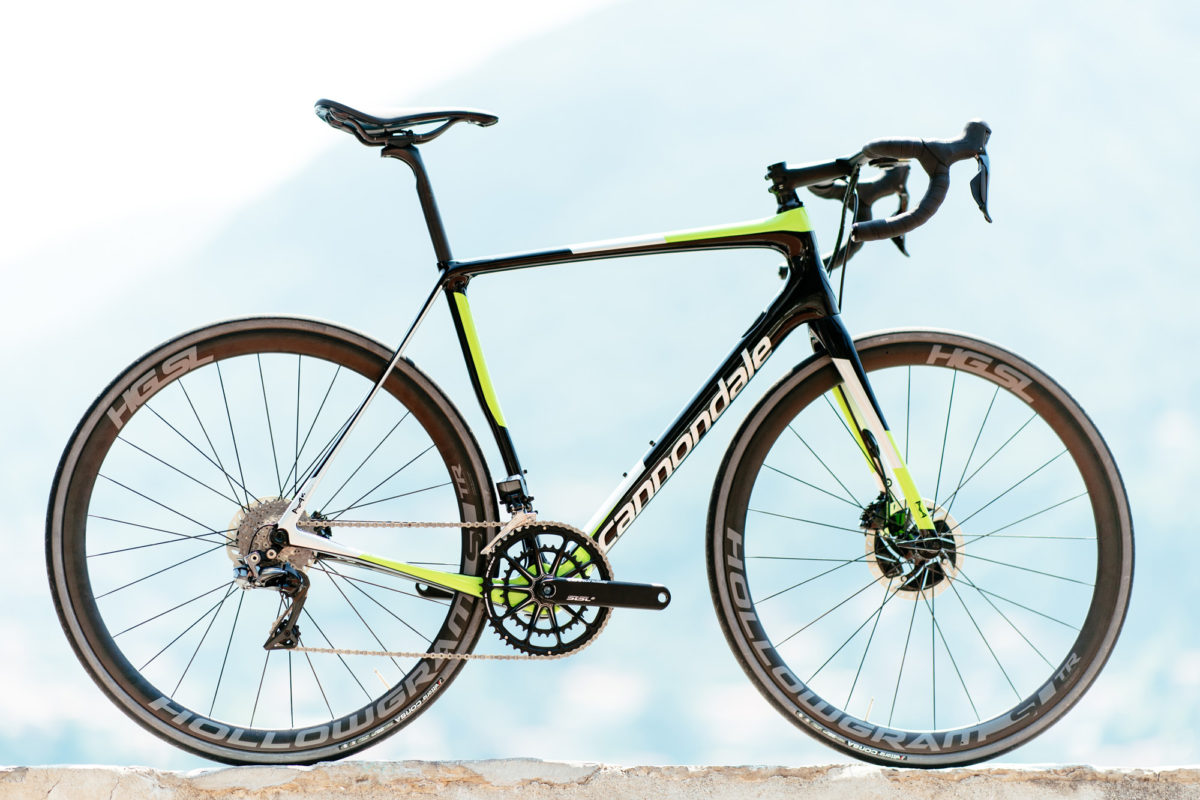
Four complete bikes are offered in the Hi-Mod frameset, topping out with the $10,000/10,000€ Synapse Hi-Mod Dura-Ace Di2 build with Cannondale’s new 1450g, 19mm internal, 35mm deep carbon tubeless clincher Hollogram SL wheelset and its DT Swiss internals.
Next down the $8000/8000€ Synapse Hi-Mod Red eTap goes wireless for shifting and is available in both men’s & women’s build s with a new 1500g set of carbon tubeless clincher Hollogram Si wheels that share the same rims but get lower cost hub internals.
Then dropping down to $6500/6500€ is the ‘most affordable’ Hi-Mod bike with a mechanical Dura-Ace groupset.
Synapse Carbon
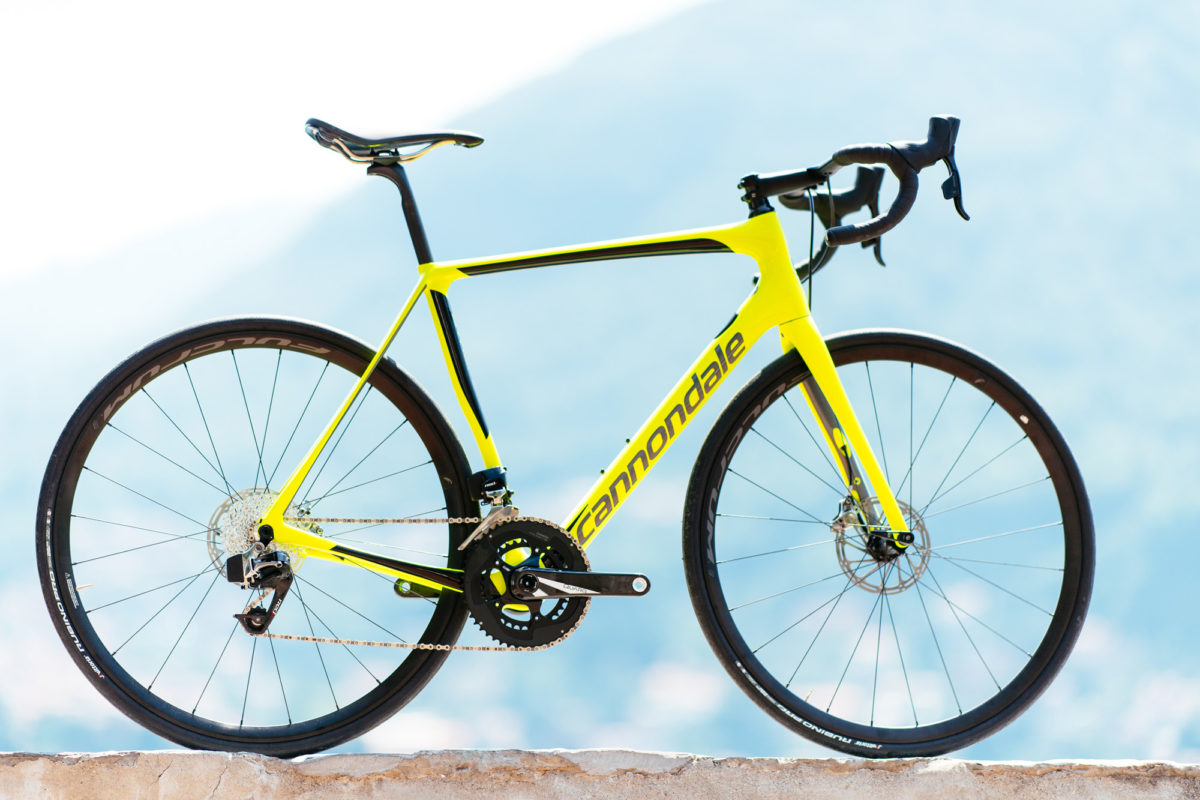
Seven men’s builds are available with build kits spec’d for men, plus another three women-specific bikes. Those top out with the $6000/6000€ Synapse Carbon eTap bike and a $5000/5000€ Dura-Ace mechanical builds which both use the SAVE Systembar.
Below that bikes stick with a traditional separate bar and stem cockpit from the $4200/4500€ Ultegra Di2 bike available for men & women, or the $3000/3000€ Ultegra mechanical bike available for men & women, down to the lowest coat of entry – the $2500/2400€ Synapse Carbon 105.
The last three of those Synapse Carbon complete bikes are part of what Cannondale is calling the expansion of their New Road category. While new road really tops out with the Slate and its road+ tires, Cannondale have seen a lot of riders adapting other bikes for this type of off-road road & adventure riding and are happy to follow suit. That’s the idea behind their SE bikes – adapted with wide rims, bigger tires, lower gearing, and low key graphics. We’ve already seen the Super X SE debuted just about two months ago, and Cannondale promised we’ll see more such creations in 2018.
So the Synapse Carbon gets a few SE versions – two for men & one for women. All three go New Road with WTB Exposure 30 tires that measure 32mm on the spec’d wheelsets, and low range gearing. The $3500/3500€ Synapse Carbon Ultegra SE gets a Ultegra double setup with a compact SpideRing crank, while the Apex builds in men’s & women’s both sell for $2500/2900€ with a 44T Apex 1x and 11-42 cassettes.
Availability for all the bikes is essentially immediate. Cannondale tells us that even though these are model year 2018 bikes, they want you to be able to get their new bikes when they are introduced. The new Synapses should be in you local Cannondale shop from today or no later than a week or two out.
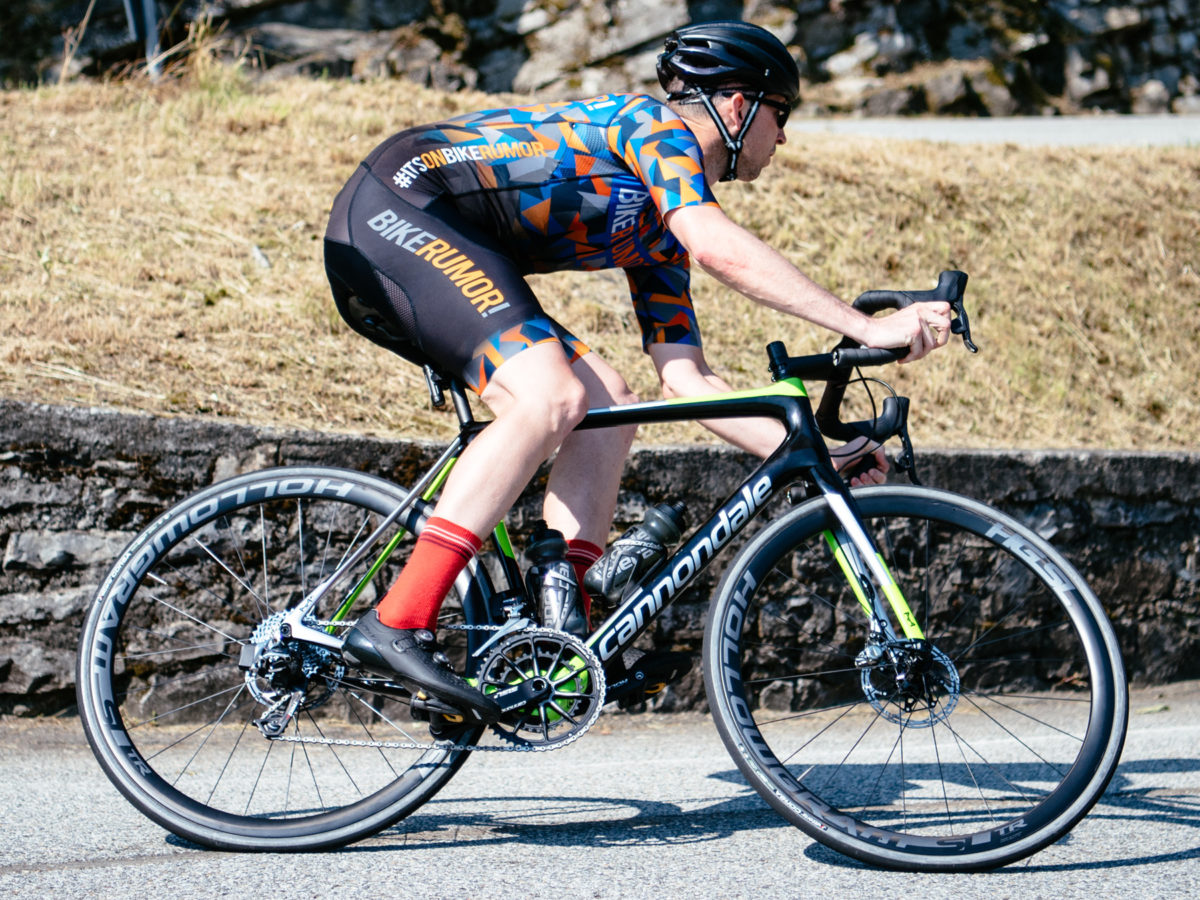
All in all the new Synapse promises on four main characteristics that Cannondale feels define their take on the race-ready endurance road category. Smoothness to ride all day, integration to deliver top-level efficiency without compromise, race-ready performance differing only from their pure race bikes in the different posture & position of the rider on the bike, and the wide range capability you get from bigger tires, lower gearing, and disc brakes.
